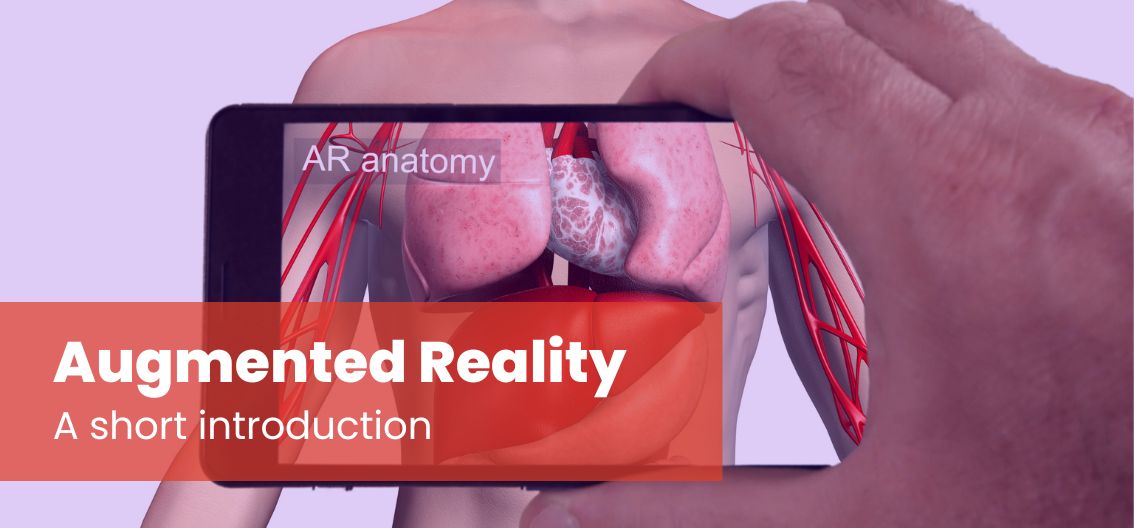UX Design - Mentor & Author.
26 Nov, 2022

Investopedia defines Augmented Reality as a type of technology that allows digital images and information to be displayed in the physical environment.
What Is Augmented Reality (AR)?
Augmented reality (AR) is an enhanced version of the real physical world which uses of digital visual elements, sound, or other sensory stimuli and delivered via technology. It is a growing trend among companies involved in mobile computing and business applications in particular.
AR technology uses audio, video or images on real world surfaces. It to provide an enhanced, interactive experience for users.

Augmented Reality in Ecommerce
Augmented reality was first popularized in the ecommerce industry. Let’s understand this through an example.
Let’s say you’re in the market for a pair of spectacles.
You walk down to a local store and pick out a few pairs that you like. You try them on, see yourself in the mirror, and then ask the shopkeeper for her opinion. If you’re happy, you’ll share your prescription to set the correct power in the lens.
But, when you shop for a frame online, it’s hard to know how they will look on your face. You can’t tell what size will be the right fit and what color will complement your complexion.
To solve this problem, Lenskart launched an AR enabled ecommerce platform. The app first captured your face in 180 degrees. Next, you pick a few frames from their website and virtually ‘try them on’. You can view the frame from all angles and see how it looks on your face. This is just one example of how businesses are using AR to improve customer experience.
Similarly, home furniture and fashion sectors also have implemented AR. AR has huge applications in the education, healthcare and entertainment sectors.

Advantages of Augmented Reality
The global augmented reality market is booming, and we expected it to reach $60.55 billion by 2023.
Some advantages of AR are:
- Use AR to provide enhanced customer experience. Customers can get a realistic experience of the product. They don’t actually have to touch or feel it.
- AR can provide step-by-step instructions to workers, thereby increasing efficiency and reducing errors.
- AR provides a new and innovative way to market products. It can create virtual showrooms, provide virtual test drives, etc.
- AR can improve communication by providing a shared experience. AR can provide a virtual tour of a building under construction.
Consequently, it’s time you take advantage of the opportunities that AR brings to UX UI design and make yourself in-demand in your profession.
How can Aspira help you on your career journey?
Aspira.design is a training company for design related professions. We help candidates get placed in top design companies through our comprehensive training and placement programs. Moreover, we offer both online and offline courses.
Our flagship courses are UI UX Design. Meanwhile, we’ve also launched AR for UX UI Design program for experienced design professionals.
Regardless, we provide you with a personalized career report that identifies your strengths and matches them to the right roles. Additionally, we also provide you with access to our online learning platform, the alumni network, where you can upskill yourself in the latest technologies and trends.
Augmented Reality (AR) – A Short Intro with real life example


